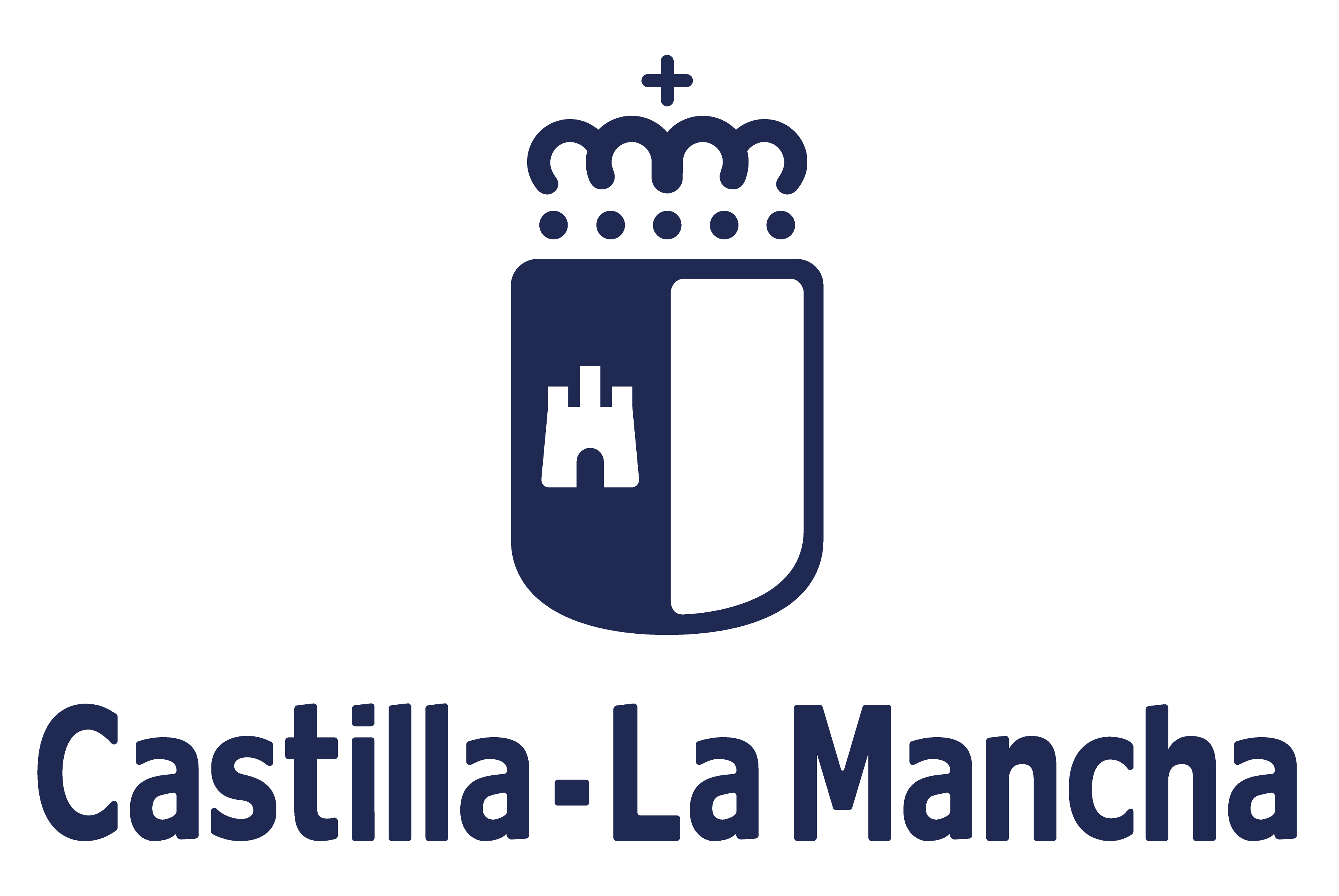Initial results of public-private CPV collaboration projects to maintain the leadership and the Spanish brand in the sector.
- The first annual follow-up run of the four projects financed by the Ministry of Economy and Competitiveness for the development of high concentration solar technology, under the framework of the INNPACTO call, was held in Puertollano.
- The 4 projects are spin-offs of the “Sigmasoles” project, coordinated by ISFOC.
On 4 June, the follow-up meeting of Innpacto’s four projects was held in Puertollano, Ciudad Real, with the purpose of the R+D of concentration photovoltaic technology. This meeting was attended by representatives of more than twenty companies, Universities, and R+D Centres, leaders in renewable energy, including five entities in the Castilla la Mancha region that have been beneficiaries of the project. The participants are: Abengoa, Altran, Cener, Metal CLM Foundation, Indra, Ingeteam Energy, Ingeteam service, Inta, ISFOC, Isofotón, Quinta Ingeniería, Soldaduras Avanzadas, Sener, Tecnalia, University of Jaén, Cedint, Polytechnic University of Madrid, and University of Sevilla. External observers from various entities interested in the sector also participated.
During this conference, the latest results of the project were presented, showing the evolution of this technology in Spain. Work has been done on the improvement of CPV modules and lowering its cost, on the improvement in its reliability and the regulation of CPV solar trackers, on new technology characterisation and evaluation equipment, on field installation with its fundamental components, and on the production models.
CPV technology is based on the concentration of solar radiation on a cell much smaller than traditional ones through an optic device, which can either be a lens or mirror. In this way, much more efficient cells can be used, increasing the overall system’s performance. Photovoltaic systems based on this new technology generate much more energy than traditional ones that are located in areas with the appropriate level of irradiation. Among their advantages is that they do not need water for their operation and are suitable for desert areas or those with scarce water resources; that is, they can be converted into wealth-generating areas, spaces that cannot be used for any other type of economic activity.
A large percentage of the concentration photovoltaic plants installed worldwide are located in Spain. In addition, Castilla-la Mancha is home to the headquarters of ISFOC, a pioneer institution in the study of this technology. The results that are being obtained in these plants already show a good degree of maturity of this technology, although, in order to achieve even greater efficiency, important investments in R+D are still required.
Spain’s leadership in this technology can be seen in these types of projects and also by the fact that, this year, the most important international CPV conference in the world (CPV8) was carried out in Spain, with ISFOC, a fundamental reference in this technology, as the organizer of the event in the city of Toledo, with a visit to Puertollano included.
Spain’s leading position is promoted by the great support provided by the Ministry of Innovation and Science, which has granted €13M in funding for these projects for a total investment of more than €17M, distributed among more than twenty entities. With this investment, high-value jobs will be created throughout Spain, of which 40% will be concentrated in Castilla-La Mancha.
This project is an excellent example of public-private collaboration and promotes the exchange of knowledge between investment and development centres, universities, and companies, such as Abengoa Solar, Isofotón, and Sener.




